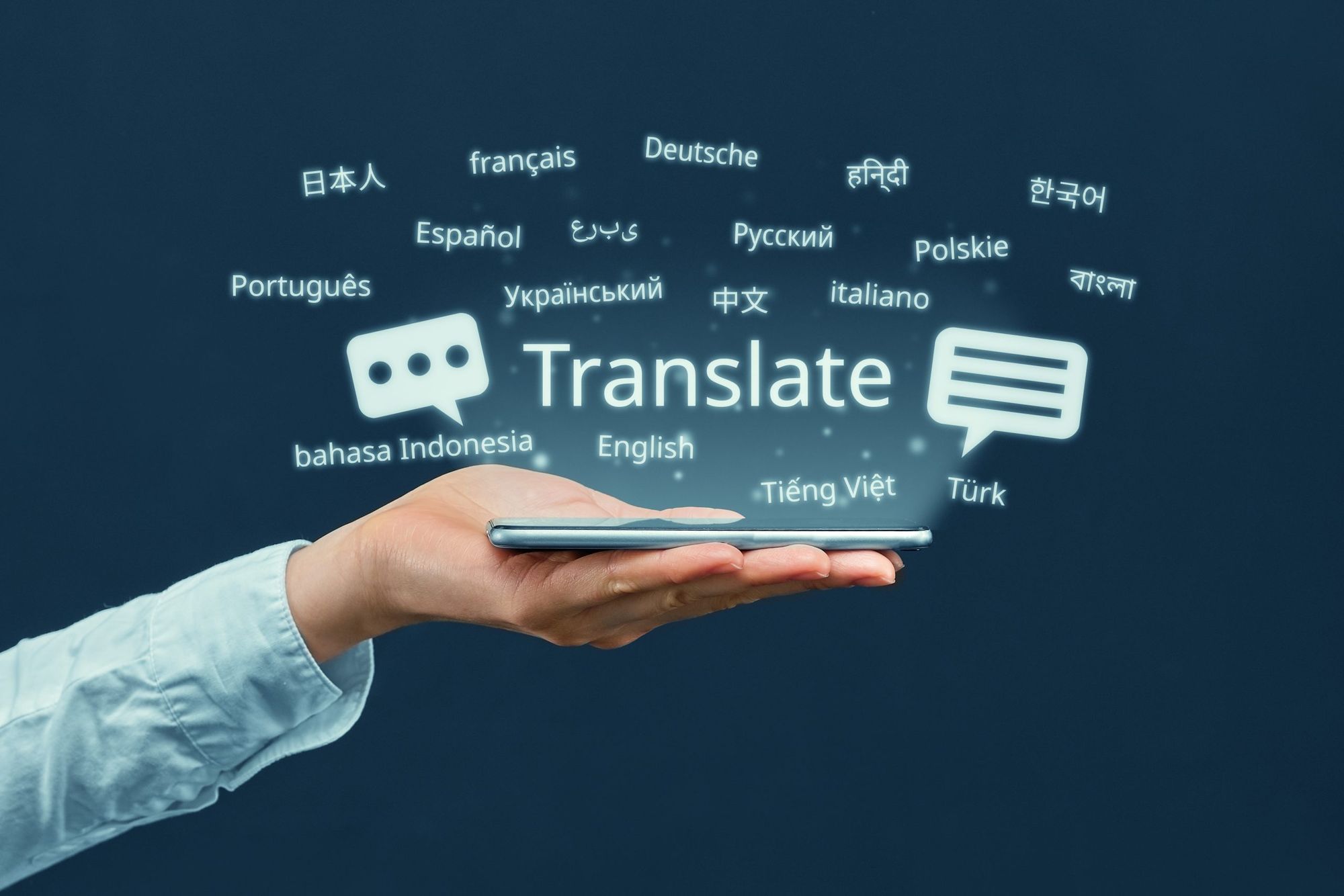🗣️ Bridging the Language Barrier With AI
AI transforms public services' translation, bridging linguistic divides with technology and leading companies.

Today's Highlights
- How AI is transforming language translation
- This Week On BuzzBelow - a recap on this week's topics
- In Other News - a few interesting developments we're tracking
AI's unmatched prowess is redefining language translation across public services. Public services operate in multicultural and multilingual societies. Whether it's emergency hotlines, healthcare, or legal services, the ability to communicate clearly across languages is crucial. Historically, human interpreters bridged this gap, but their availability and the associated costs sometimes posed challenges. Here’s how AI is shaping this new revolution:
Technological Breakthroughs
- Neural Machine Translation: The basis for modern translation, NMT makes use of Transformers-like models to represent the subtleties of languages. These algorithms, which have been trained on big datasets, can comprehend context, idioms, and cultural nuances, and provide accurate and relevant translations.
- The power of the Cloud: The cloud is revolutionizing accessibility. Giants like Google Cloud are democratizing translation with real-time APIs. This means developers and businesses can integrate translation seamlessly into apps and websites, making content universally understandable.
- Speech Recognition Integration: Voice is the future. ASR technology enables real-time multilingual discussions by automatically translating spoken words. Imagine attending a meeting where language is not a barrier and everyone can understand every word that is spoken.

Transformation Titans of 2023
Several companies stand out in the AI-driven translation market, setting benchmarks for the industry and pushing the envelope in terms of technology. Leading the fight are TransPerfect, RWS, LanguageLine Solutions, Lionbridge, and Iyuno. Whether it is in the localization of media, medical sciences, or technology, each has found a niche. Due to their joint efforts, language is now a bridge that allows people to communicate with one another rather than a barrier.
By the Numbers
Most internet users prefer to use a website that is in their native language. In fact, 75% of consumers prefer products from a website that is in their native language, and 40% of internet users avoid websites that are non-native to them. The market for machine translation is also soaring, with it expected to grow to $96.22 billion by 2033. AI's role in language translation is undeniable. As technology continues to evolve, the promise of a linguistically inclusive world becomes more tangible. The future? A world where language fosters connection, not division.
This Week on BuzzBelow


In Other News






